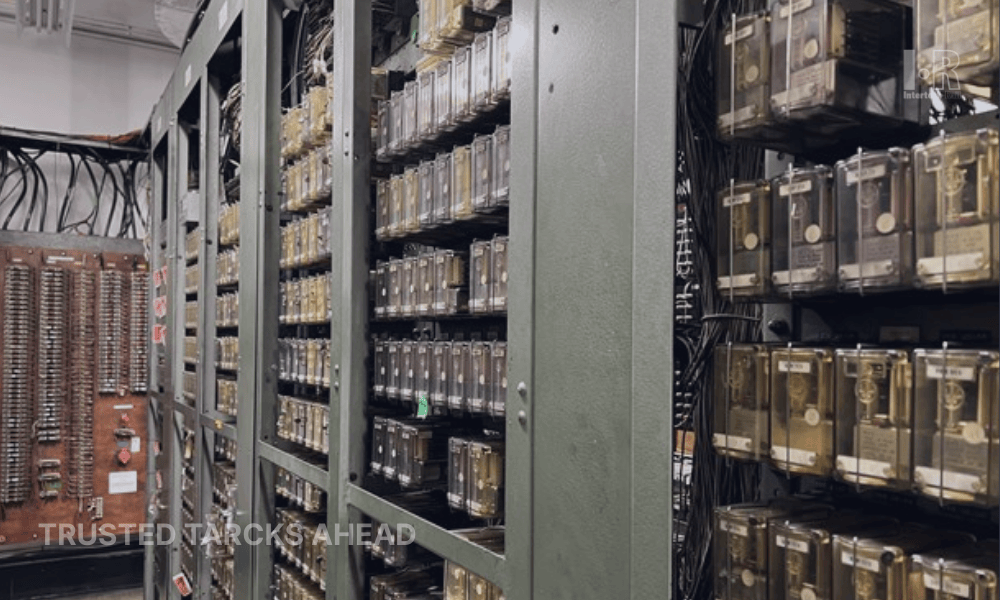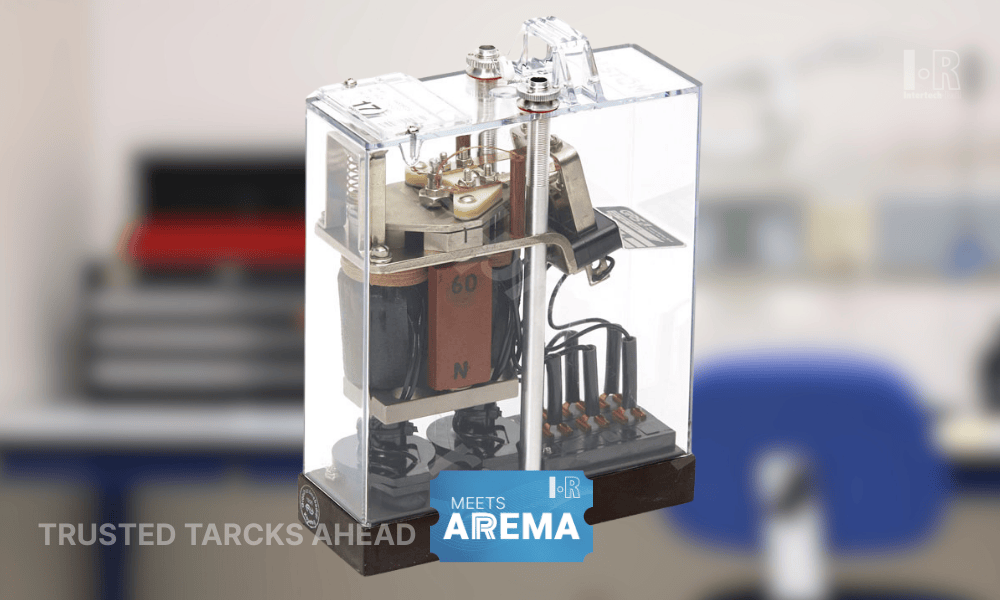What is PTC (Positive Train Control)?
Positive Train Control (PTC) is an advanced technological system that is designed to prevent train-to-train collisions, derailments caused by excessive speed, incursions into established work zones, and unauthorized entry into track segments. In the United States, PTC was mandated by Congress through the Rail Safety Improvement Act of 2008, in response to a number of tragic train accidents that claimed the lives of many passengers and crew members. The implementation of PTC was initially set for December 31, 2015, but due to the complexity and cost of the system, the deadline was extended several times. As of 2021, the majority of the country's railroads have implemented PTC or are in the process of doing so.
How does Positive Train Control works?
The PTC system works by using a combination of GPS, wireless communication, and onboard computers to monitor the location and speed of trains. If a train is found to be in danger of a collision or derailment, the system can automatically apply the brakes to stop the train. PTC also provides real-time information to train crews, allowing them to make more informed decisions about their operations.
PTC is a complicated and expensive system, and the implementation process has been challenging for many railroads. The cost of implementing PTC has been estimated to be in the range of several billion dollars for the entire US rail network. The Federal Railroad Administration (FRA) has been providing financial assistance to railroads to help with the implementation of PTC, but the cost is still a significant challenge for many operators.
Regulatory Oversight: FRA and FCC's Roles in PTC Implementation
In terms of regulation, the implementation of PTC has been overseen by the FRA. The FRA has been responsible for ensuring that railroads are complying with the PTC mandate, and it has the power to issue fines for non-compliance. In addition to the FRA, the Federal Communications Commission (FCC) has also played a role in regulating PTC. The FCC has allocated a portion of the radio spectrum for PTC communications, and it has been working to ensure that there is enough bandwidth available to support the system.
The Mandate: PTC as a Response to Tragic Train Accidents
The PTC mandate has been a significant driver of change in the US railroad industry. The implementation of PTC has required railroads to invest in new technology and infrastructure, and it has also required changes to operating practices and procedures. Despite the challenges, the implementation of PTC has been a significant step forward in improving the safety and reliability of the US rail network.
The same method of PTC has been watched for other countries as guideline for their own RAIL safety system. While the process of implementing PTC has been challenging, it has been a significant step forward in improving the safety of the rail network. The FRA and FCC have played important roles in regulating PTC, and their efforts have helped to ensure that the system is implemented effectively and efficiently. As PTC continues to be rolled out across the US rail network, it is expected to improve the safety and reliability of rail transportation for passengers and freight alike.




